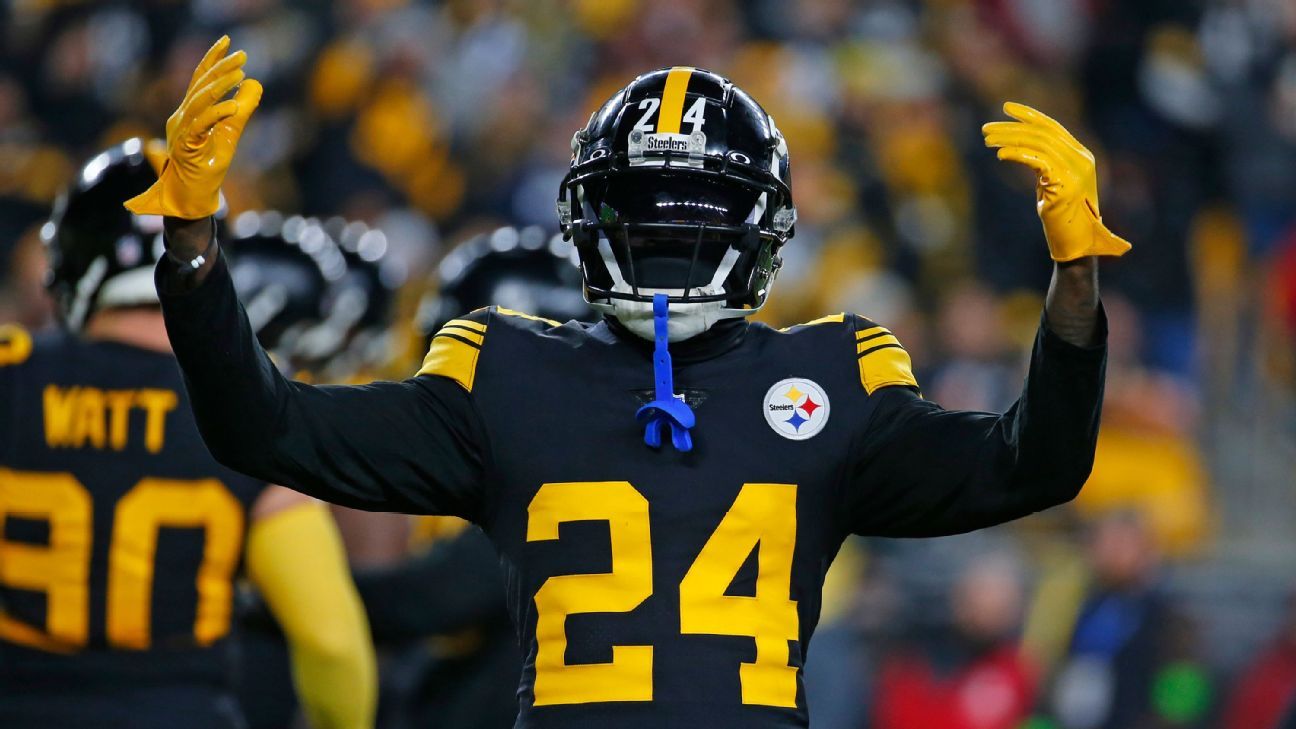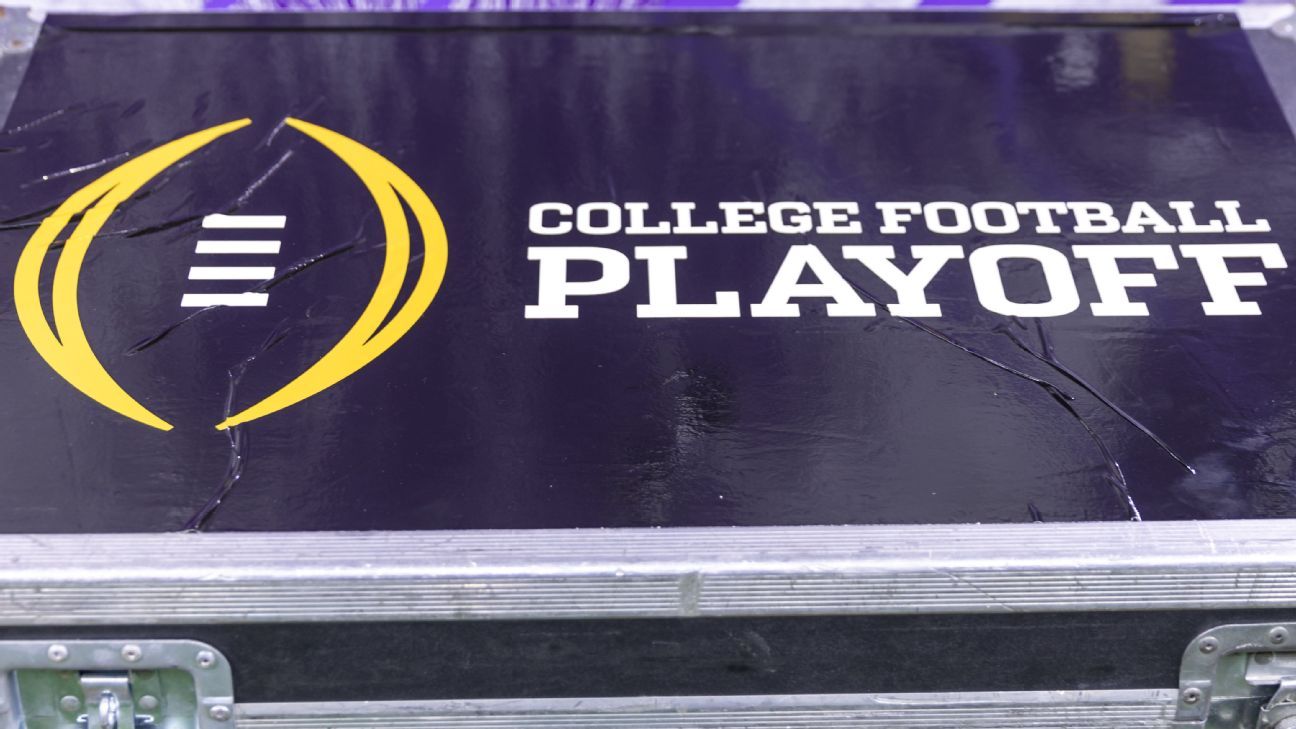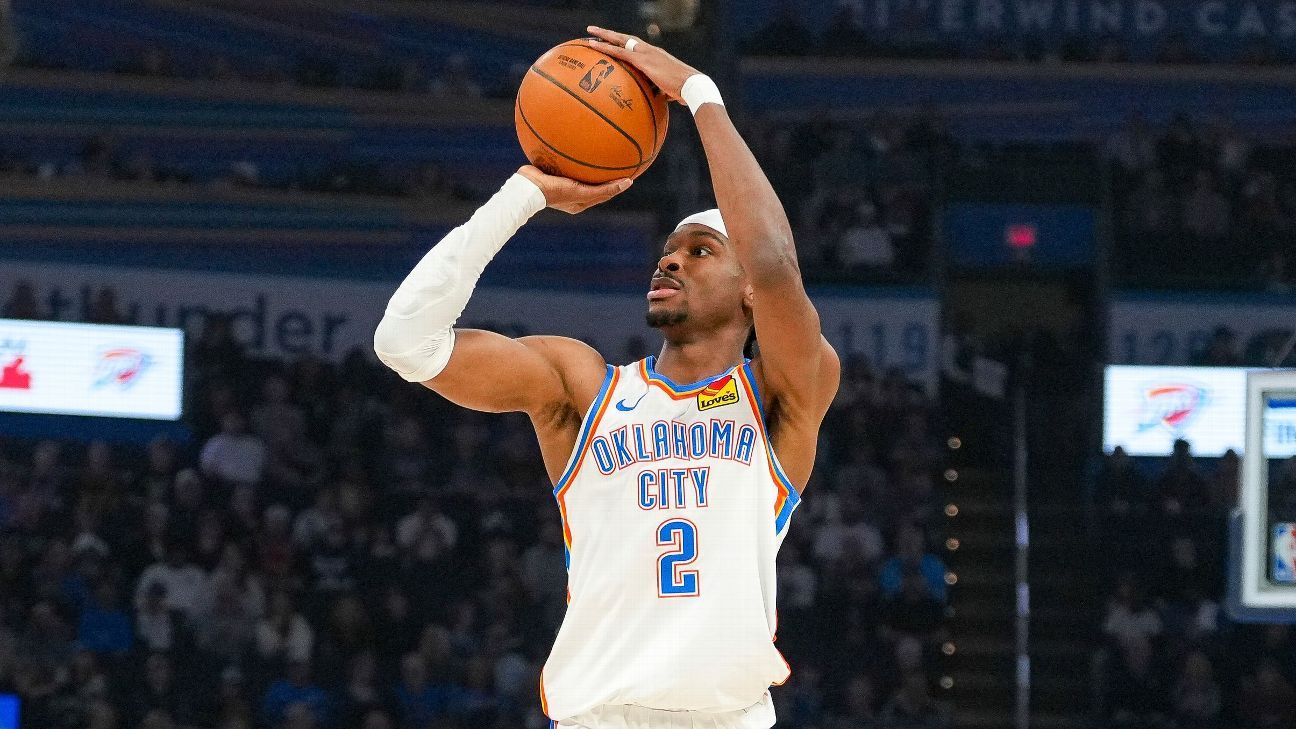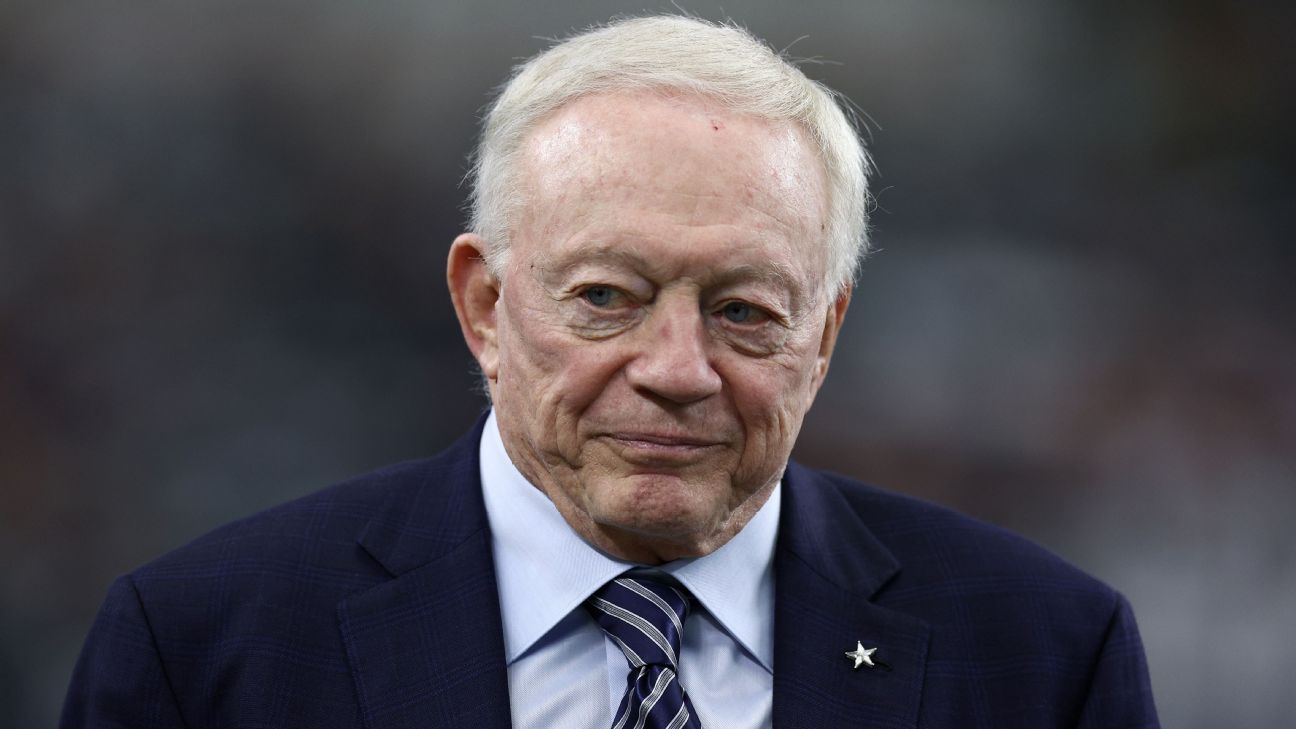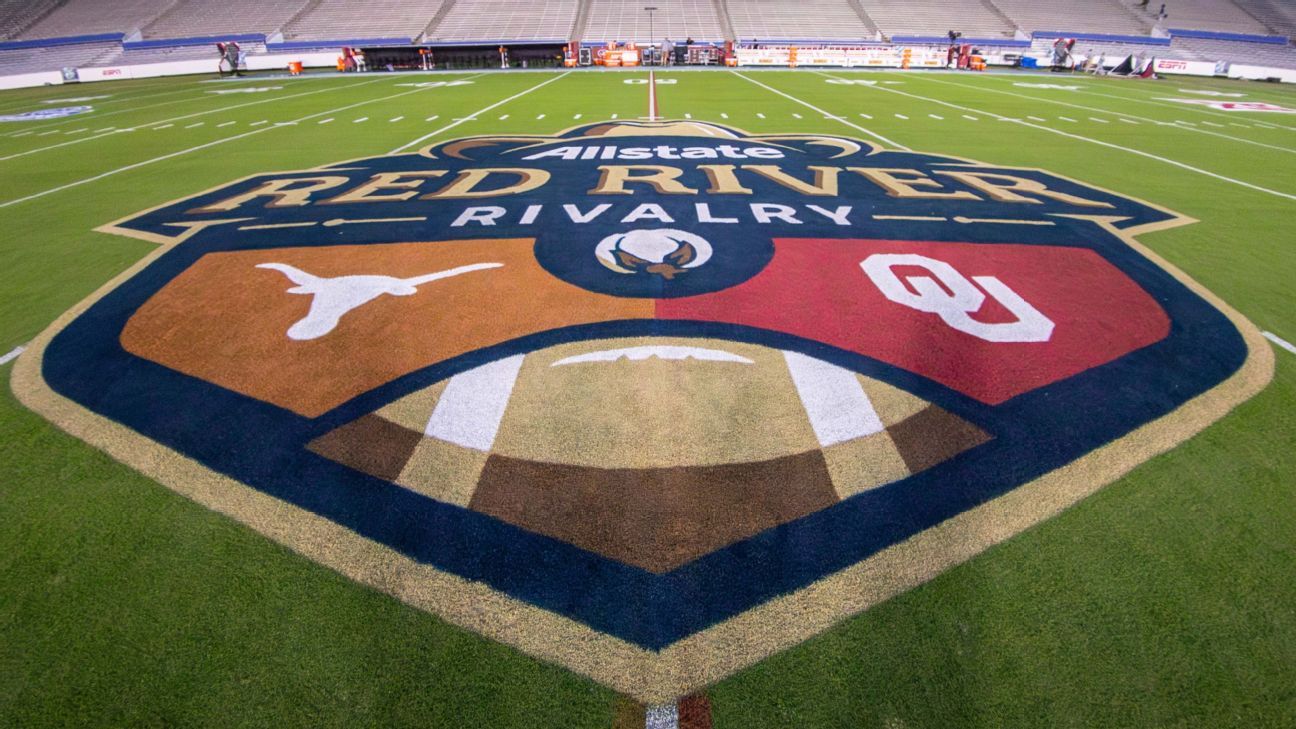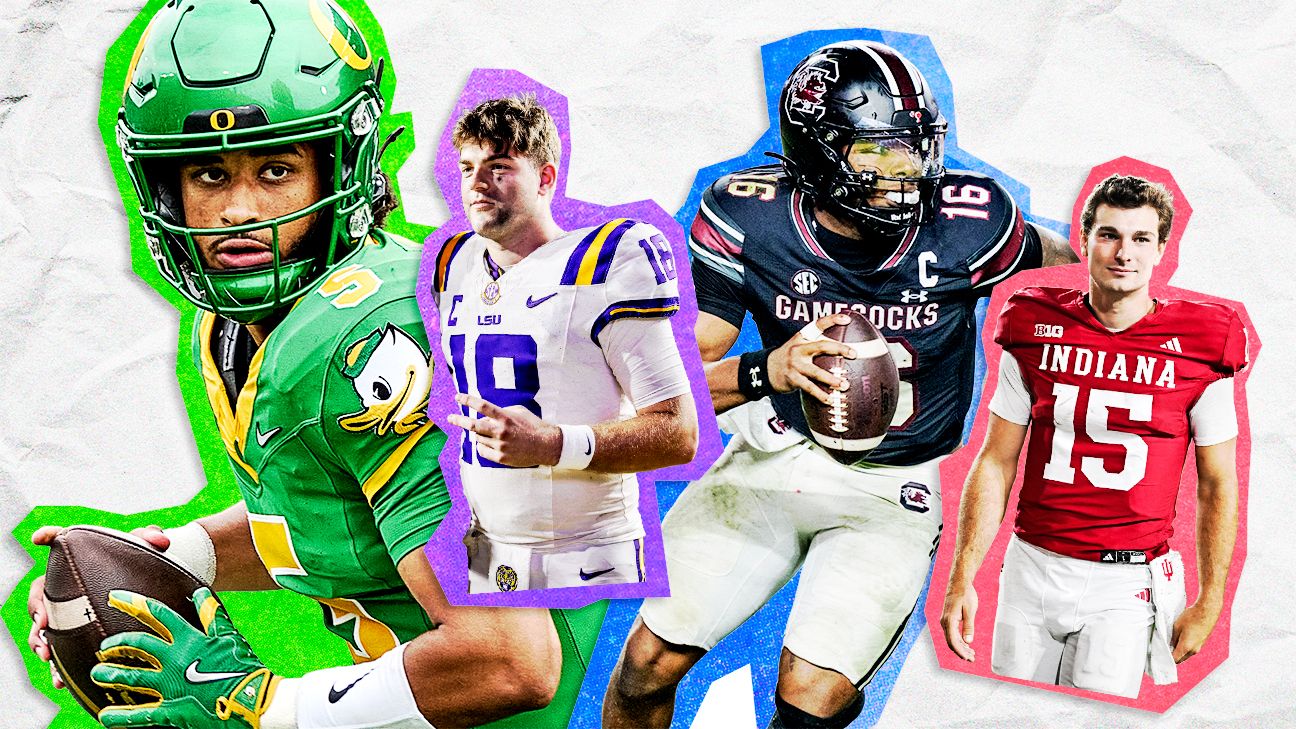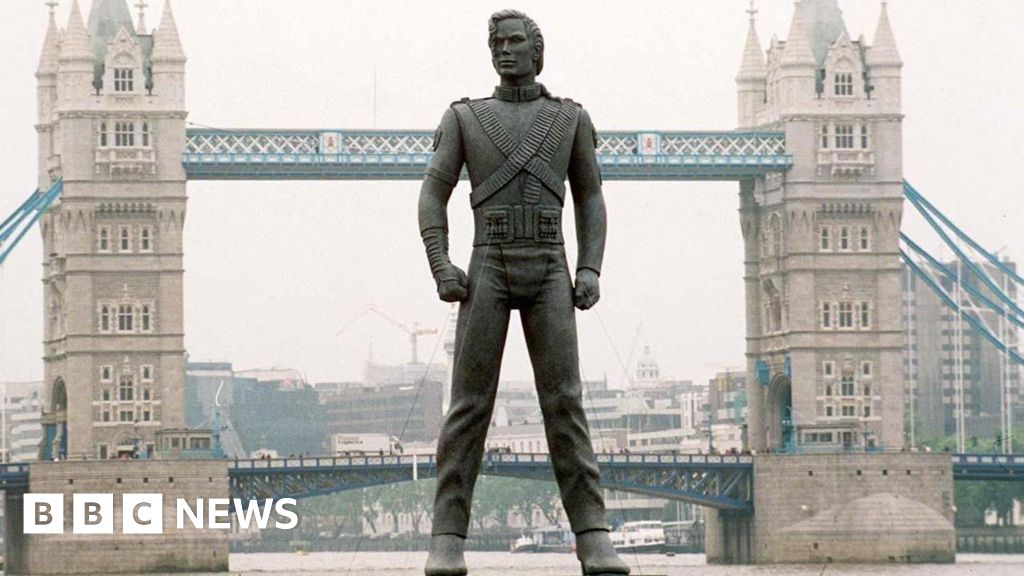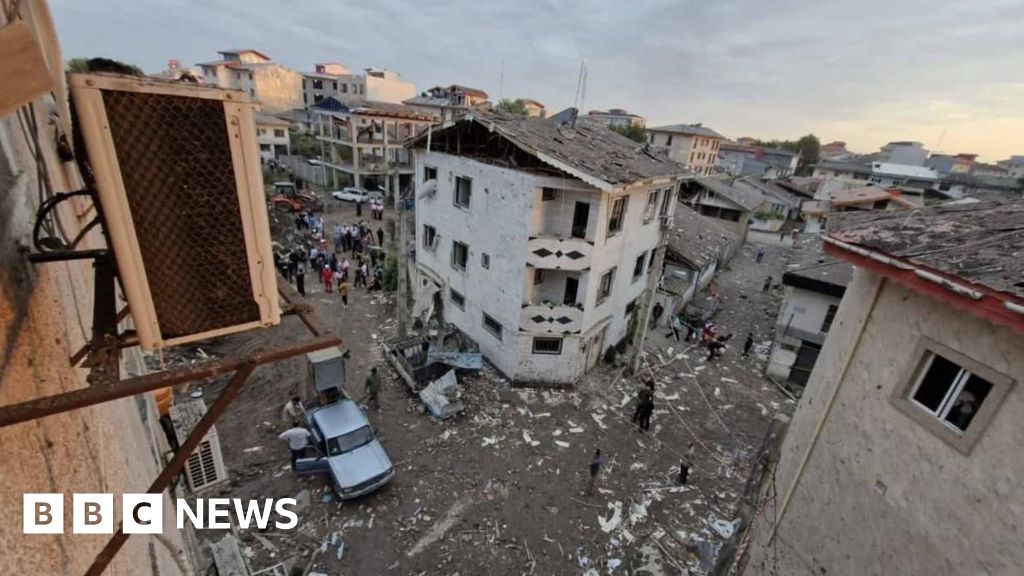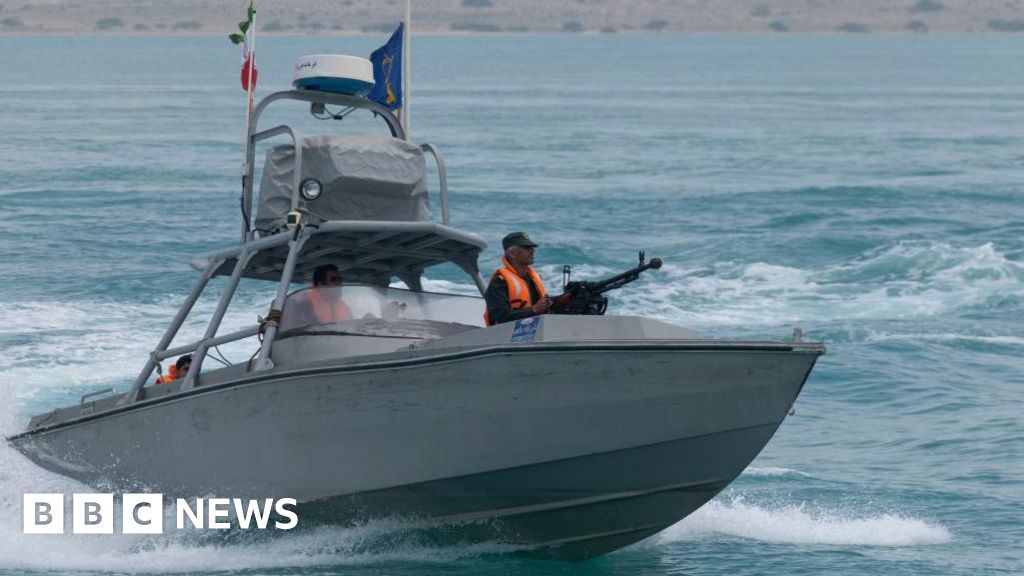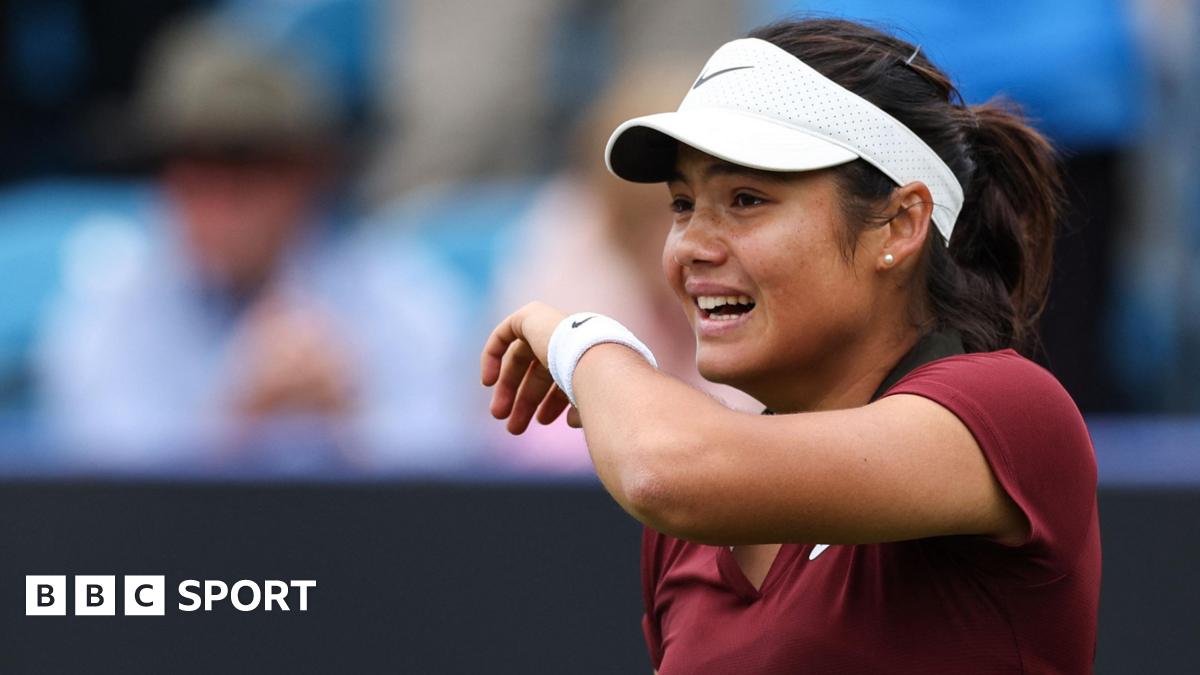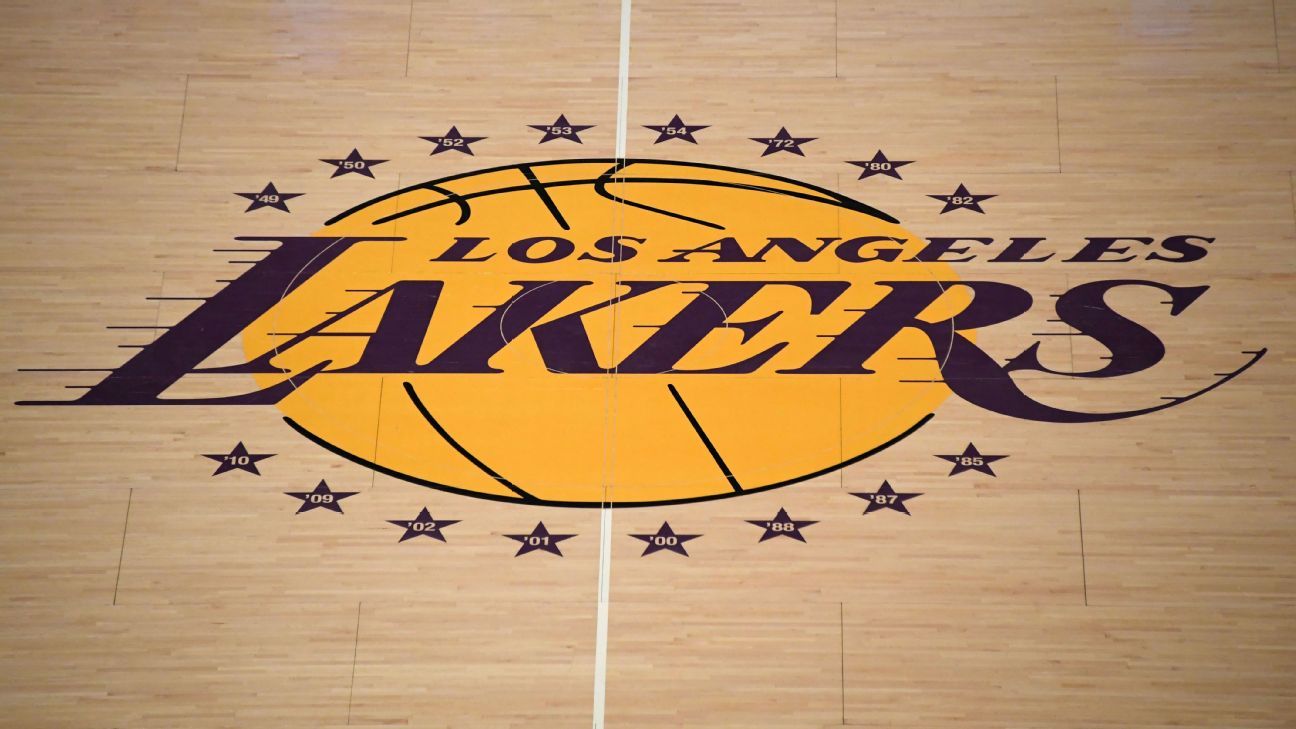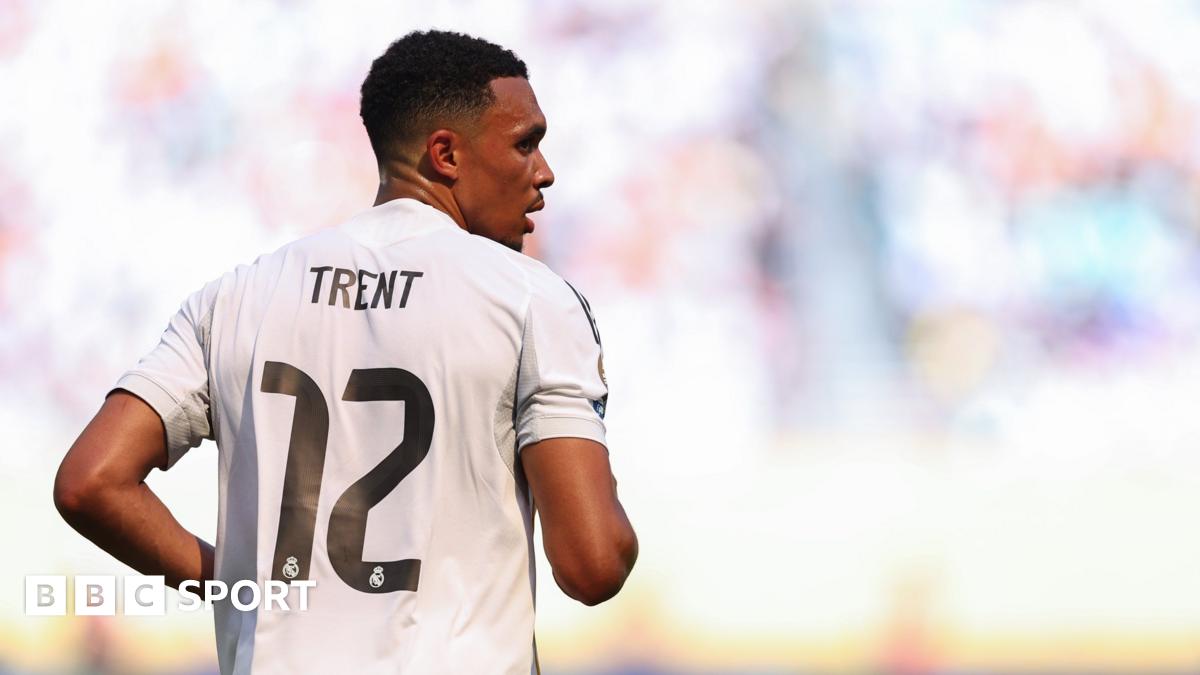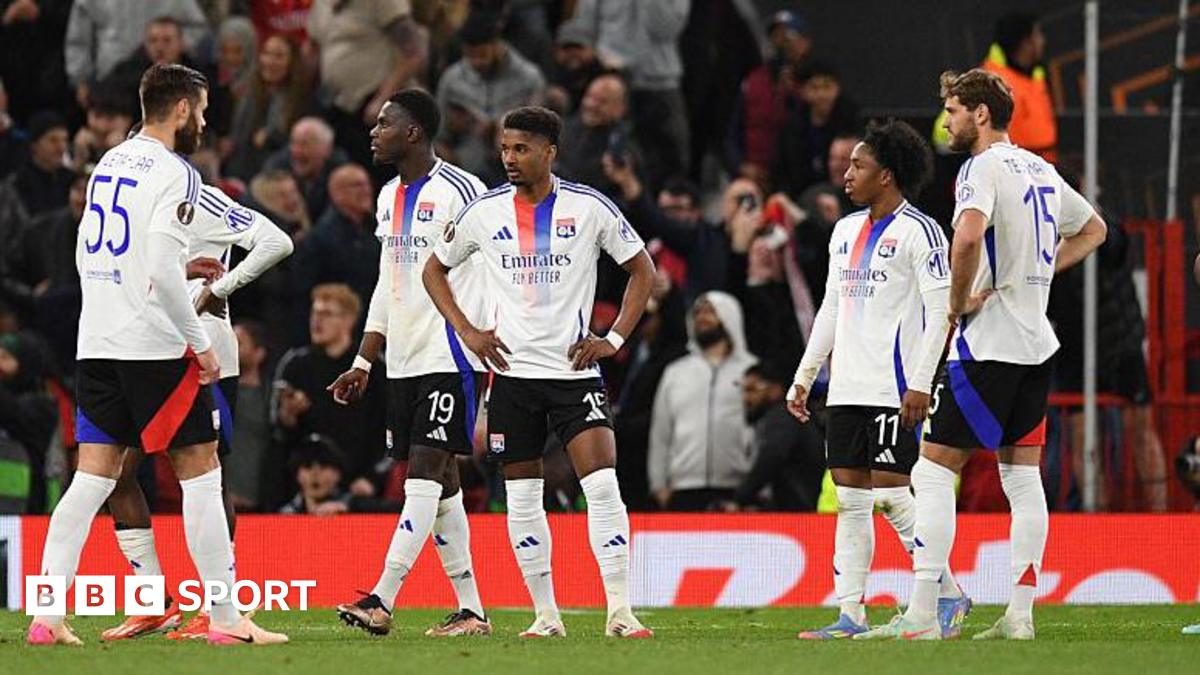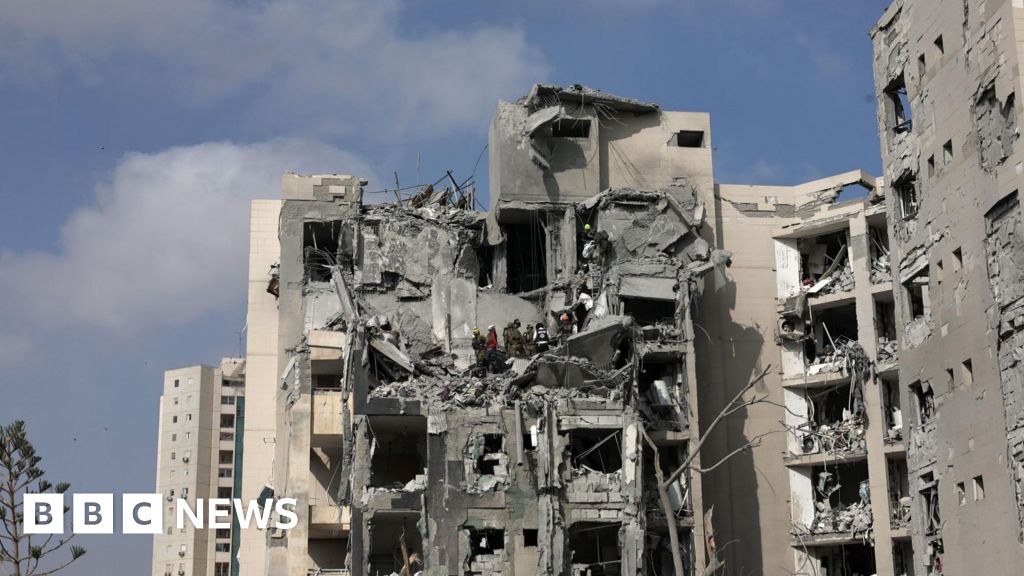
Ryan O'HanlonJul 1, 2025, 07:00 AM ET
- Ryan O'Hanlon is a staff writer for ESPN.com. He's also the author of "Net Gains: Inside the Beautiful Game's Analytics Revolution."
With the 2026 World Cup suddenly less than a year away, we can now introduce a new layer of worry into the already-twisted collective psyche of the U.S. men's national team fan base: Who should and who should not play for a new club?
To be clear, this isn't as simple as wanting each American player to eventually play for Liverpool or Real Madrid. It's not about wanting to see them challenge themselves and make as much money as they can over their short careers or anything like that. No, that's because if you play for Liverpool or Real Madrid, there's a good chance that you won't, well, play. And, theoretically, there's nothing worse for the USMNT than heading into next summer with a bunch of its stars covered in rust from sitting on the sidelines all season.
I say "theoretically" because it's just that: a theory. Or maybe just a collective conclusion. The way to optimize the USMNT's performance would be to find the clubs that exactly match each player's highest talent level and allows them to (A) consistently get on the field, and (B) improve as a player.
A 2019 paper in "Nature Communications" coined the idea of "The Eighty Five Percent Rule" for optimal learning. If a task is too easy, you don't learn anything from it. But if a task is too hard, you also don't learn from it. Instead, what the paper found is that the ideal level of difficulty to produce learning is something that produces an 85% success rate and a 15% fail rate. What USMNT fans want, then, is for every player to find his 85% club.
But since the club and country situations for Americans are increasingly at odds with each other, this rarely happens. The wider market's interests aren't aligned with the USMNT's interests. So, if it doesn't happen -- if some stars struggle for playing time next season -- how much does it actually matter for the USMNT? How much does this transfer window really matter for the USMNT's 2026 World Cup?
The state of playing time across the USMNT pool
For this part of the exercise, we'll ignore MLS. Presumably for anyone good enough to receive significant playing time for the USMNT next summer, the ease of MLS would be well above that 85% success-rate level. If you're not playing in MLS, you're not making the World Cup roster.
So, to start, here's a list from this past season of the 32 Americans who played the most minutes across Europe's Big Five leagues, any of the three UEFA competitions, the English Championship, and the Dutch Eredivisie:
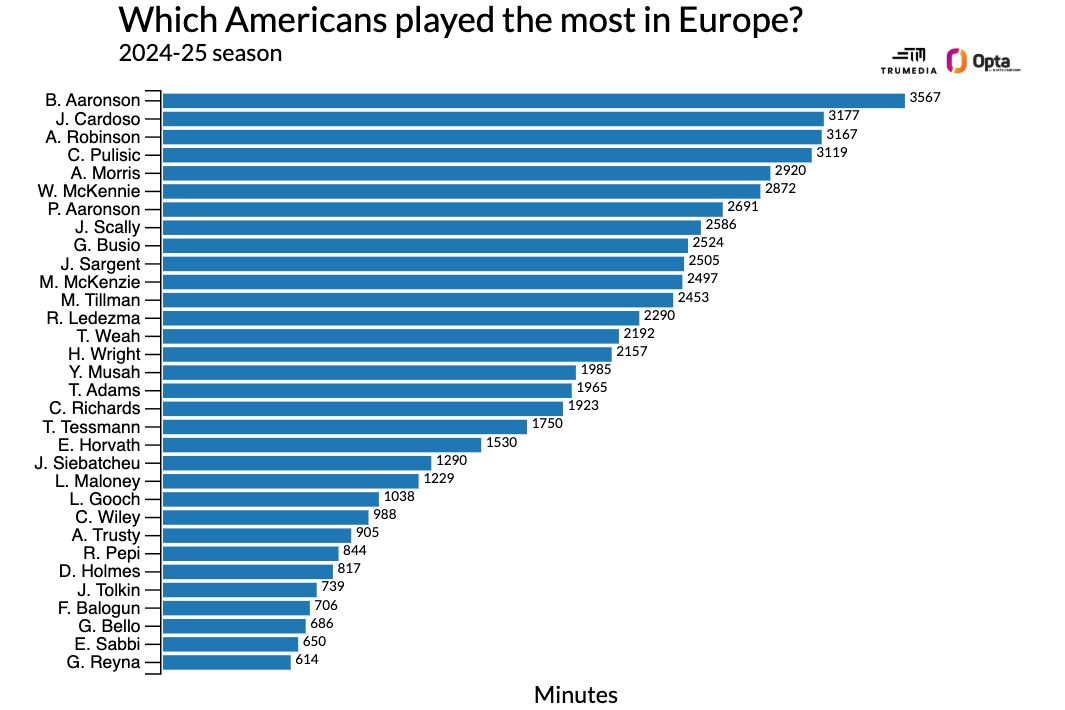
There's a top tier with the three best players in the pool (Christian Pulisic, Antonee Robinson and Weston McKennie), plus a pair of Championship mainstays in Brenden Aaronson and Aidan Morris, and a guy who just transferred to Atletico Madrid in Johnny Cardoso.
Below them, there's another tier of players who played a lot for lesser teams in the Big Five leagues or teams in the Eredivisie. The third tier contains players who were in and out of the starting lineups for Champions League and Premier League teams. And then the final tier is mostly players on the fringe of the USMNT squad, plus Ricardo Pepi and Giovanni Reyna.
If the World Cup started tomorrow and everyone was healthy, my guess is that the starting 11 might look something like this: Matt Tuner in goal; Sergiño Dest and Robinson at fullback; Mark McKenzie and Chris Richards at center back: a midfield three of Tyler Adams, McKennie, and Yunus Musah; a front three of Timothy Weah, Pulisic, and Folarin Balogun.
Here's how much playing time those 11 players would've had, heading into the tournament:
Goalkeeper, Matt Turner: 0% of available minutes with Crystal Palace
Right back, Sergiño Dest: 9% of available minutes with PSV
Center back, Chris Richards: 56.2% of available minutes with Crystal Palace
Center back, Mark McKenzie: 81.6% of available minutes with Toulouse
Left back, Antonee Robinson: 92.6% of available minutes with Fulham
Midfield, Tyler Adams: 57.5% of available minutes with Bournemouth
Midfield, Yunus Musah: 45.9% of available minutes with AC Milan
Midfield, Weston McKennie: 66% of available minutes with Juventus
Right wing, Christian Pulisic: 72.2% of available minutes with AC Milan
Forward, Folarin Balogun: 17.8% of available minutes with Monaco
Left wing, Tim Weah: 50.4% of available minutes with Juventus
That averages out to 49.3% of the minutes for this projected starting lineup. Remove Matt Turner, who plays a position at which you never get sub minutes, and it still only jumps up to 53.6%. At face value, it seems as if you'd want your starting lineup to be playing significantly more than half of the available minutes for their club teams ahead of the World Cup.
But we still need to account for the quality of the minutes. Per the club Elo ratings, Crystal Palace rank as the 16th-best team in the world. As for the rest: PSV are 25th, Toulouse 75th, Fulham 33rd, Bournemouth 21st, Milan 30th, Juventus 22nd, and Monaco 36th.
Average all of that together, and you get a ranking of just about 30th. To oversimplify this into understandable terms: the average USMNT starter is playing about half of the minutes for a team at AC Milan's level. In other words, it's a team of 11 Yunus Musahs.
But how much does any of this matter?
If we focus at the high end, here's how Argentina's starting lineup looked for the World Cup final. Given that the tournament was played midway through the European campaign, I've included the minutes percentages at the time of the World Cup, rather than for the full club season:
Goalkeeper, Emi Martinez: 95.9% of minutes for Aston Villa
Right back, Nahuel Molina: 77.4% of minutes for Atletico Madrid
Center back, Cristian Romero: 57.7% of minutes for Tottenham
Center back, Nicolas Otamendi: 95.6% of minutes for Benfica
Left back, Nicolas Tagliafico: 98.4% of minutes for Lyon
Midfield, Enzo Fernandez: 87.7% of minutes for Benfica
Midfield, Rodrigo De Paul: 51.6% of minutes for Atletico Madrid
Midfield, Alexis Mac Allister: 99.8% of minutes for Brighton
Right wing, Lionel Messi: 82.9% of minutes for Paris Saint-Germain
Center forward, Julian Alvarez: 42.7% of minutes for Manchester City
Left wing, Angel Di Maria: 20.7% of minutes for Juventus
On average, that's 72.1% of the playing time. Unfortunately, Club Elo has deactivated access to its past ranking data, but there's still a pretty clear set up here: eight guys playing for Champions League clubs, and three guys playing every minute of every game for teams that weren't in the Champions League.
1:56
Is there a culture issue with the USMNT's players?
On "The Football Reporters" podcast, Jeff Carlisle explains Mauricio Pochettino's reaction to the USMNT's high-profile Gold Cup absentees.
But here's where the USMNT differs from Argentina and the other top national teams in the world. These countries have way more talent depth, and so coaches are often picking players based on how well they're playing with their club teams. Unlike as has often been the case for the U.S., coaches usually don't have a set 11 that they stick with, regardless of a player's current club form.
I'm less convinced that Argentina did so well because they played so many players who were playing a lot for their clubs teams. Rather, if you assume club coaches have a level of expertise in picking lineups to win games -- that they know how to identify talent and play their best players since they see them every day -- then a national team manager like Argentina's Lionel Scaloni is mostly using the expertise of other coaches to help him pick his most talented squad.
At most positions, you simply can't do this as the USMNT manager. To go with a clearly hypothetical example: If there's one goalkeeper on Crystal Palace and another one on New York City FC, you can assume that the former is more talented than the latter. But how do you deal with the Crystal Palace guy playing zero minutes and the NYCFC guy playing all of the minutes?
Perhaps it's more useful, then, to compare the USMNT to itself. While opinions are mixed on the team's performance at the 2022 World Cup in Qatar, most of those opinions are wrong. The USMNT went undefeated in the group, played England even, beat a very tough-to-break-down Iran team in a must-win match, then got a tough round-of-16 draw but really did play the Netherlands closer than the score line suggested.
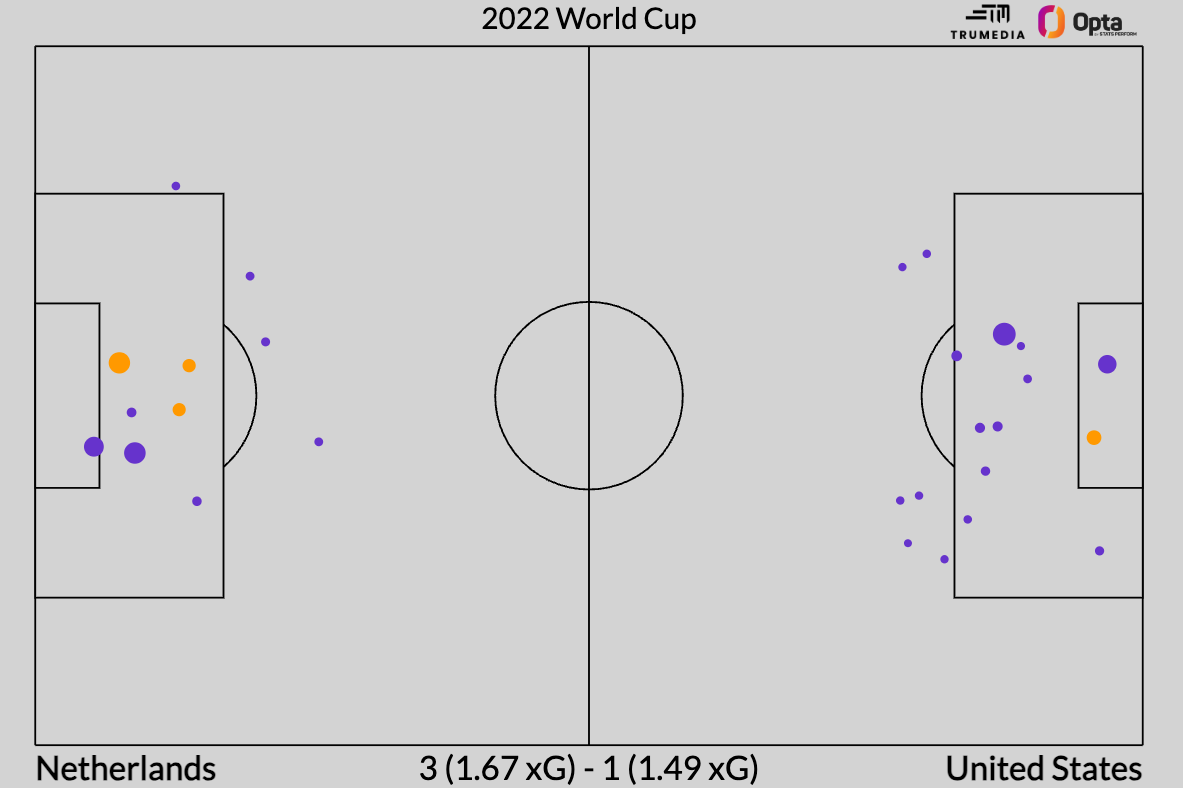
If we look at the 11 most-used players from the 2022 World Cup, here's how the playing-time dynamic shakes out:
Goalkeeper, Matt Turner: 16.7% of minutes for Arsenal
Right back, Sergiño Dest: 19.8% of minutes for AC Milan
Center back, Walker Zimmerman: 82.8% of minutes for Nashville SC
Center back, Tim Ream: 99.9% of minutes for Fulham
Left back, Antonee Robinson: 82.1% of minutes for Fulham
Midfield, Tyler Adams: 92.6% of minutes for Leeds United
Midfield, Yunus Musah: 67.4% of minutes for Valencia
Midfield, Weston McKennie: 57.2% of minutes for Juventus
Right wing, Tim Weah: 23.4% of minutes for Lille
Center forward, Josh Sargent: 77.7% of minutes for Norwich City
Left wing, Christian Pulisic: 28.7% of minutes for Chelsea
That averages out to 52.8% of the club minutes for the USMNT's 11 most-used players at the World Cup. Or, not too different than how things stand now. And I think the current group is playing for much better club teams, on average, than the 2022 group.
The Premier League midtable is stronger than ever right now, and that's where Robinson, Adams, and Richards all sit as starters. Musah has traded relegation-battling Valencia for Champions League-challenging Milan. Weah has moved from Lille to Juventus, and the center-forward spot swaps Josh Sargent on a midtable Championship side for Balogun and Champions League-qualified Monaco.
Plus, the two lowest outfield minutes-getters in the USMNT's potential 11 for next summer were so low because they were injured. Neither Dest nor Balogun are in bad club situations where we'd expect them to ride the bench this upcoming season if they can stay healthy. To the extent that either player is facing concerns, the solution isn't a transfer to a new club.
0:49
Marcotti: Atlético Madrid a big step up for Johnny Cardoso
Gab Marcotti believes Johnny Cardoso's proposed move from Real Betis to Atlético Madrid is a "big step up" for the USMNT midfielder.
Really, the one player whose issues could be solved with a transfer is Turner, who seems as if he finally has lost his starting job with the national team after barely playing professional soccer for three straight seasons. That might have all been fixed by his expected move to Lyon this summer, but that was all reported before the French club were relegated into Ligue 2 for violating the league's financial rules. He needs to play, and as a goalkeeper, it doesn't really matter how good the team is -- it just matters that he's being tested by quality opponents every week.
Other key USMNT players probably will change teams this summer -- and some of those moves will work out while others will fail. That's not me being glib; it's just a fact. Only about half of all transfers with a fee of at least $10 million end up with the player playing at least 50% of the minutes with his new club. But outside of extreme cases such as Turner or Reyna, whose careers have stalled for multiple seasons in a row, no transfer activity this summer will have a meaningful effect on how well the USMNT plays next summer.
Just go back to the last World Cup: Pulisic was the USMNT's best player -- and he was in the midst of the worst season of his professional career. Despite starting only two league games on a loan with AC Milan for the season, Dest created more assists and took more shots for the U.S. than anyone other than Pulisic.
Here, though, the comparison expands beyond just the Americans. In the final against France, Argentina's front three featured the best player to ever do it, Lionel Messi, but then two players who were in the middle of disappointing club campaigns.
Ángel Di María had just made a seemingly mistaken move to Juventus, where he'd stay for only one season and would start only 15 league games, fewer than in any season since he joined Real Madrid from Benfica in 2010. And then between Messi and Di Maria was the 22-year-old Julián Álvarez, the latest Argentine super prospect. Rather than going from River Plate to a second-tier Champions League club such as Borussia Dortmund or AC Milan where he'd be all-but-assured of more playing time, he jumped straight to the best team in the world, Manchester City. During the 2022-23 season, he started only 13 league games.
There were plenty of other talented, big-name players who were getting more playing time than either Di María or Álvarez in 2022: Lautaro Martínez, Paulo Dybala, Papu Gómez. But after the opening loss to Saudi Arabia, Argentine manager Scaloni opted for Álvarez and Di María, up top with Messi, for the rest of the tournament. Álvarez scored twice in the semifinal. Di María drew a penalty and scored a goal in the final.
I don't have to tell you what happened after that.



